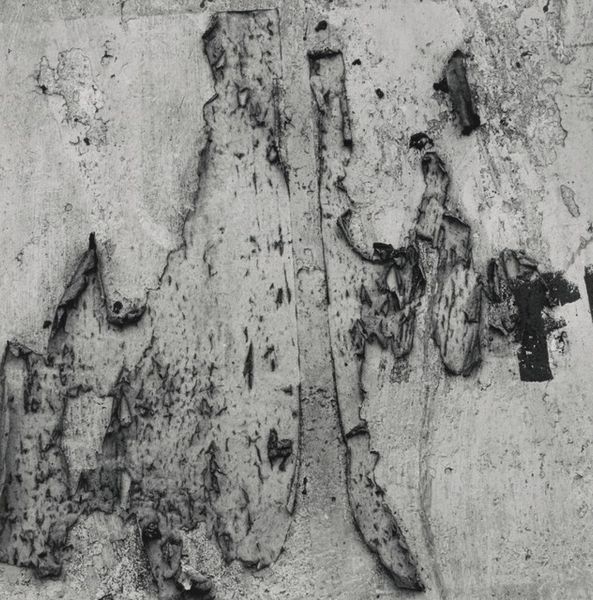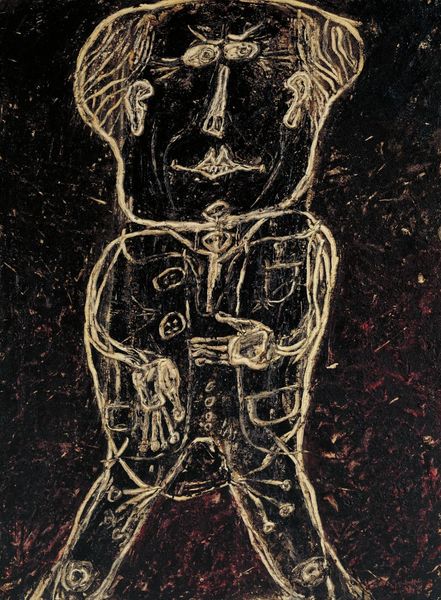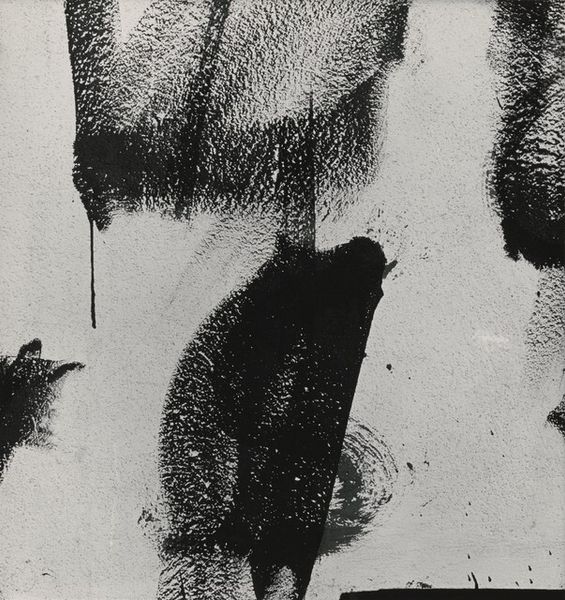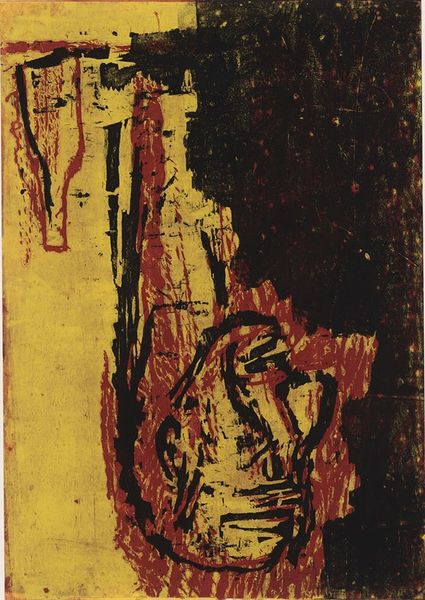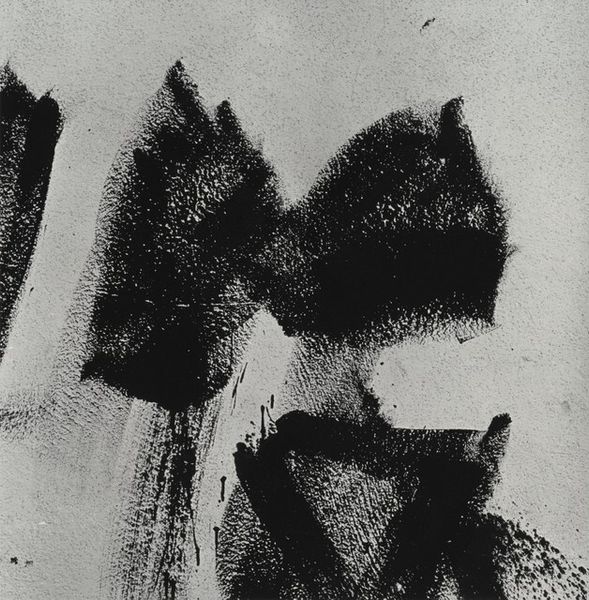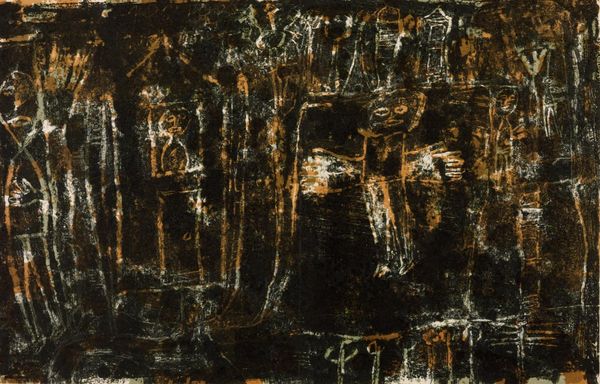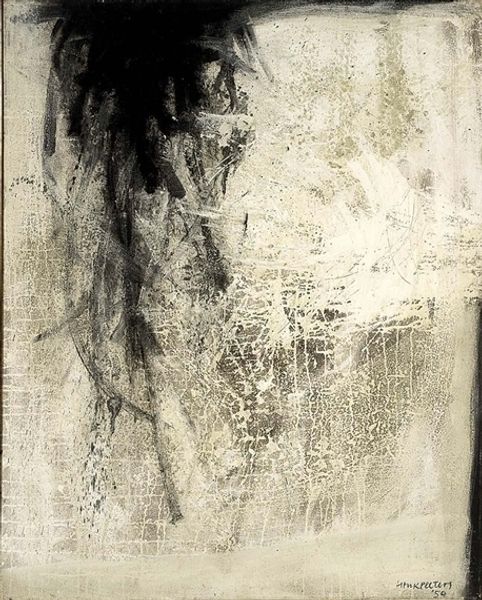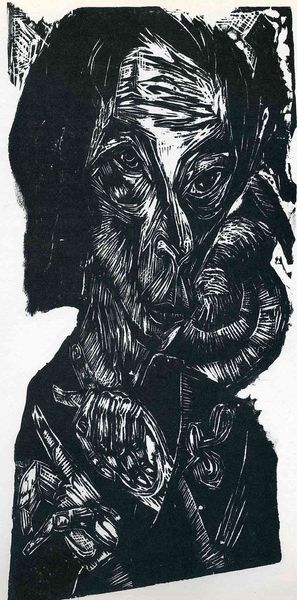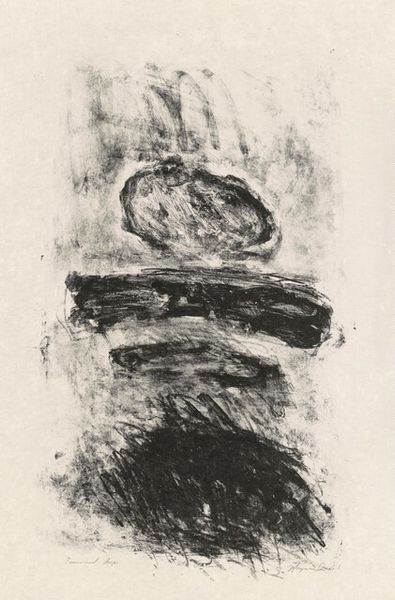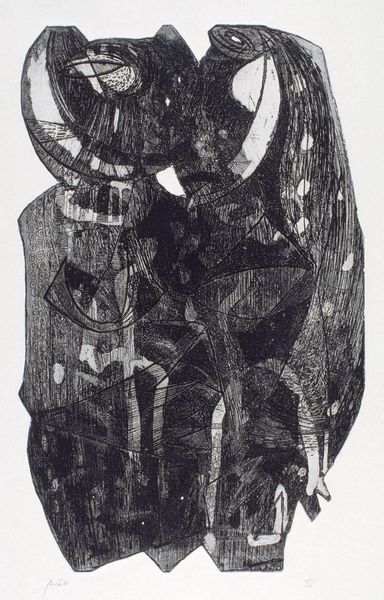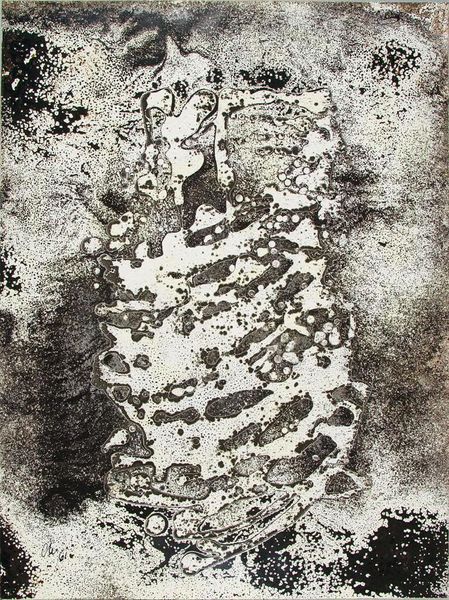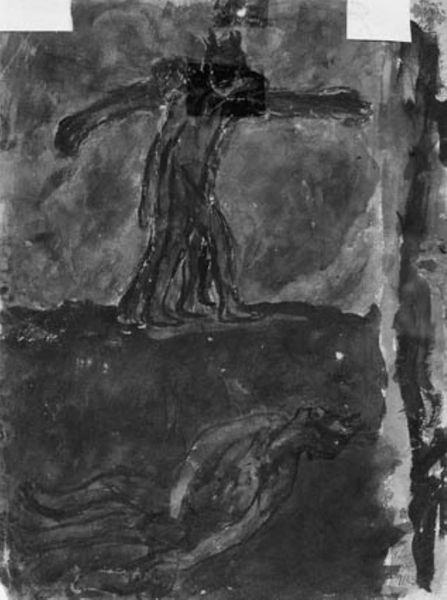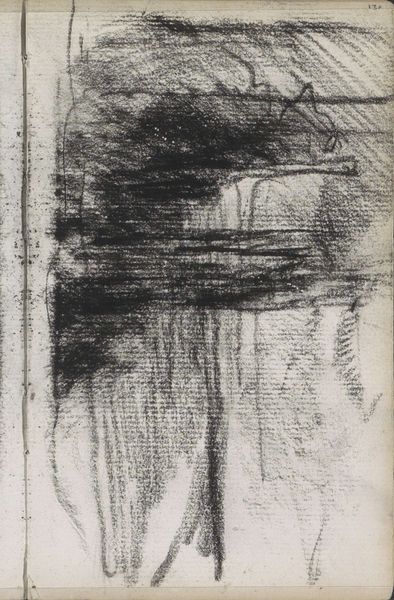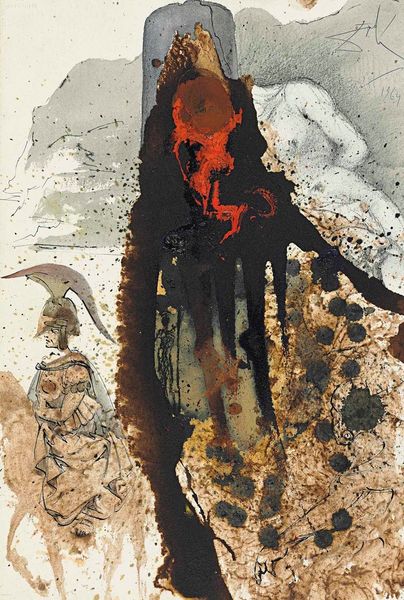
drawing, ink
#
portrait
#
drawing
#
art-nouveau
#
pen sketch
#
pencil sketch
#
glasgow-school
#
figuration
#
ink
#
ink drawing experimentation
#
symbolism
Copyright: Public domain
Curator: This is "The Sleeping Princess," an ink and pen drawing made around 1895 by Frances Macdonald. It’s a beautiful example of the Glasgow Style of Art Nouveau, steeped in symbolism. What are your initial thoughts? Editor: The composition is immediately striking—the elongated figure, the muted tones, the decorative patterns, all creating a dreamlike quality. There’s an elegant simplicity to the drawing; a quiet intensity. Curator: Macdonald's work is often seen within the context of late 19th-century debates about female artistry and representation. She was challenging conventional ideas of femininity by embracing themes of fantasy, spirituality, and the inner lives of women. This sleeping princess is, in some ways, a rejection of the male gaze, existing in her own imaginative realm. Editor: I'm fascinated by the contrasting textures achieved through ink. Notice how the lines defining her hair and dress vary from thick, bold strokes to delicate, almost ephemeral washes. It gives depth and complexity. I can't stop thinking about that repeating motif toward the bottom, seeming to form some face looking back at us. Curator: Absolutely. We must remember Macdonald was very interested in spiritualism and the occult, so this symbolism, and perhaps hidden imagery, wasn't uncommon for her. We might view this drawing as a silent rebellion, offering a nuanced, even radical, perspective on a fairytale trope, reimagining the princess not as passive but as actively inhabiting her interior world, even in sleep. Editor: I also see how Macdonald skillfully uses negative space to define the princess's form. The areas where the ink is absent become just as important as the drawn lines, lending an air of lightness. I am also intrigued by the Art Nouveau element apparent here, by what stylistic methods this dreamlike and fairytale subject seems to belong to modernity. Curator: The fact that the sleeping princess is adorned in flowing robes, complete with occult-like symbols, may have invited then the public debate regarding social expectations surrounding women's roles at that time. Art critics questioned if they perpetuated harmful stereotypes about women. Editor: Looking at it closely I find an arresting example of an artist using their materials in innovative and expressive ways, it remains visually compelling today for the precise economy with which the medium is employed, to achieve such atmosphere. Curator: Macdonald certainly offers us a different way of engaging with beauty, art, and even women, which challenges social norms to this day. Editor: And ultimately proves that her experiment with lines still holds so much visual weight.
Comments
No comments
Be the first to comment and join the conversation on the ultimate creative platform.
